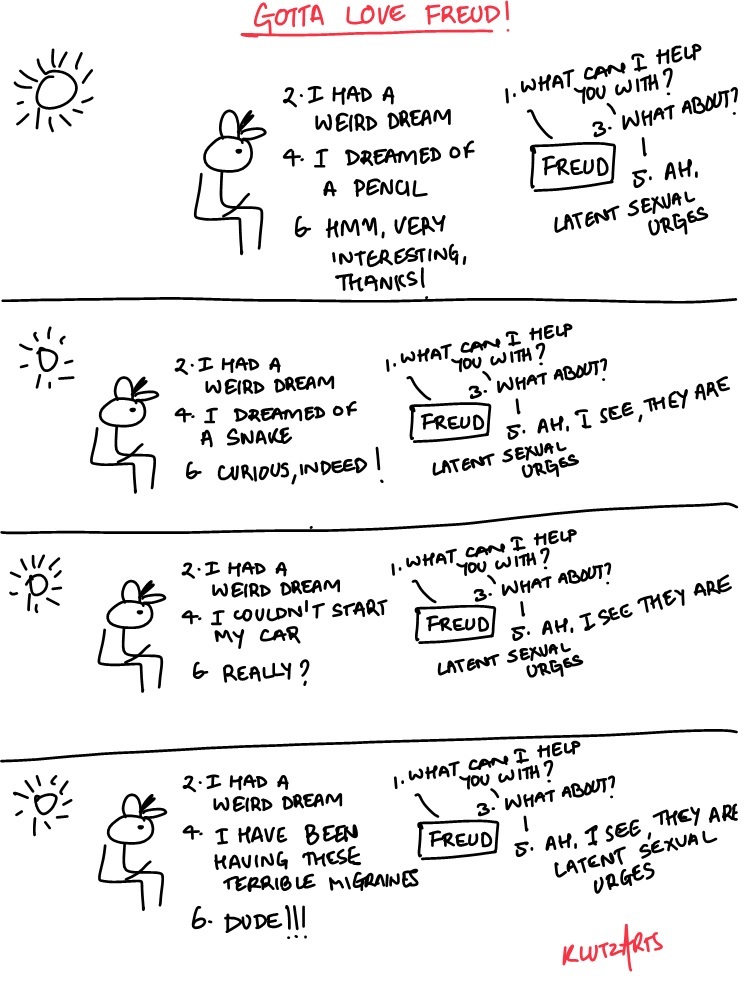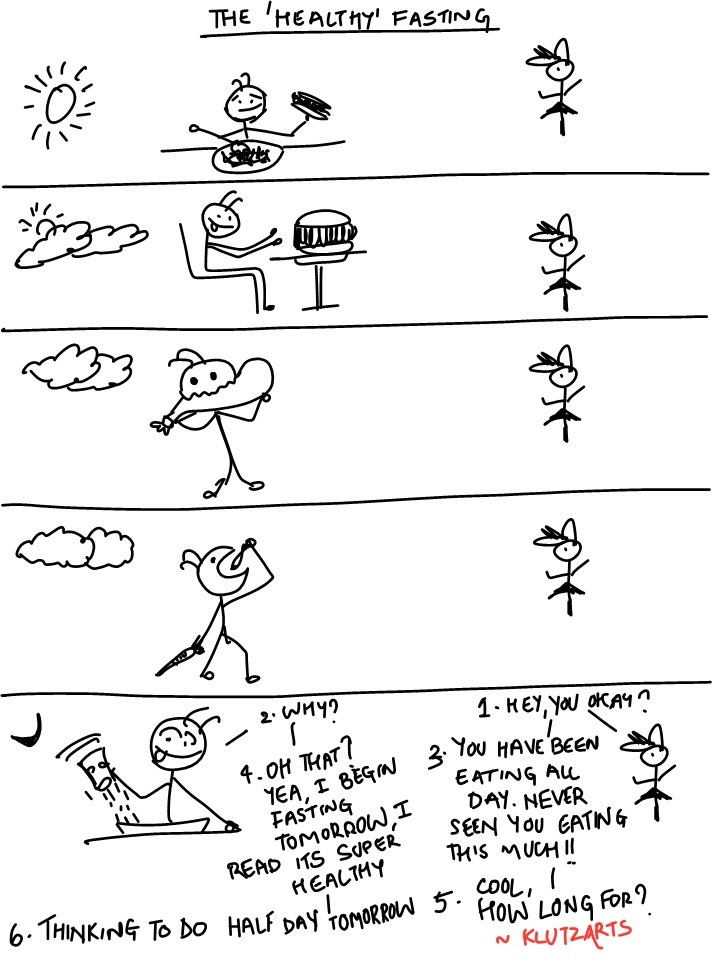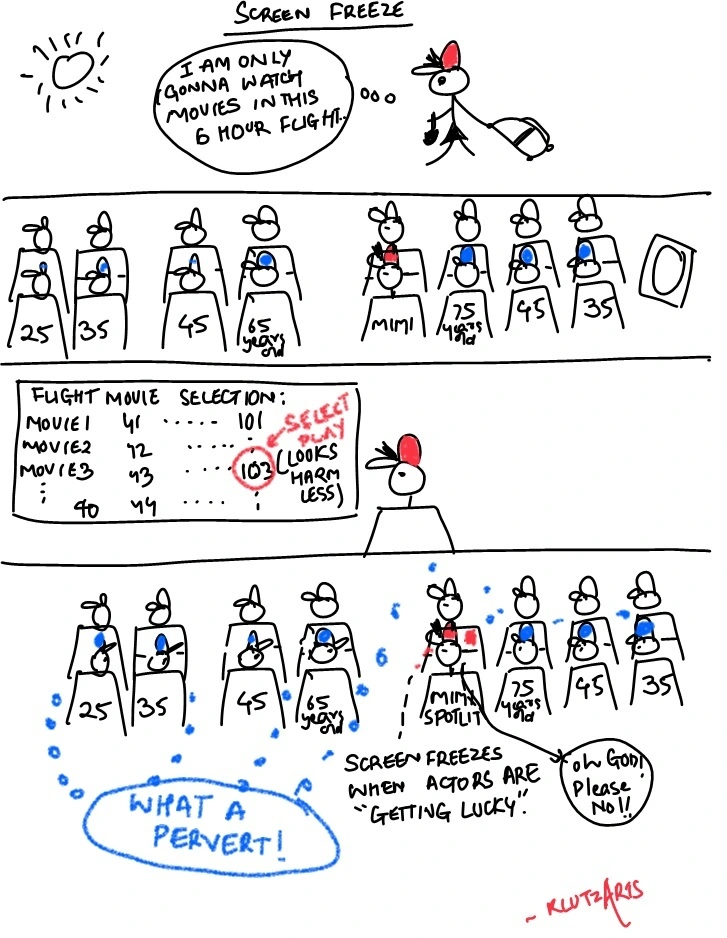I wonder what your first thoughts were looking at the title of the story.
Maybe a memory from childhood or a snapshot of some TV program where the protagonist ended up in a ditch, not able to control their bicycle?
Well, just when you thought you had seen it all and laughed all you could at your bicycle misfortunes, Mark Twain brings you some of his own with Taming the Bicycle, published as part of his collection What is Man and Other Stories.
Taming the Bicycle: Summary and Plot Analysis
In the early eighties, Mark Twain learned to ride one of the old high-wheel bicycles of that period, the form of bicycle that has long been antiquated. Twain’s account of his bicycle adventures are far from it though.
So Mr Twain saw an ad for a bicycle, thought he could do it and bought one alongwith a barrel of pond’s extract ( Guess what your friendly neighborhood Ponds cream was called back then!). He also hired an instructor from the company, who was to teach him the tricks to tame the wheely monster.
Mine was not a full-grown bicycle, but only a colt – fifty inch – and skittish, like any other colt.
The instructor explained a few key points and demonstrated how easy it was to ride one – mentioning that the tricky part was actually to dismount.
Twain soon realized that it was contrary to his own experience.
Although I was wholly inexperienced, I dismounted in the best time on record. He was on that side, shoving up the machine; we all came down with a crash, he at the bottom, I next, and the machine on top.
One crash followed after the other and regardless of how Twain, the bicycle or the instructor were positioned at the start of practice, the end result was always the same – instructor at the bottom, bicycle on top and Twain sandwiched between the two.
One of those practice runs even landed them in a hospital. Fortunately, the injuries were minor and Twain and his bicycle lived to tell the tale.
Twain notes: I attribute this to my prudence in always dismounting on something soft. Some recommend a feather bed, but I think an Expert is better.
The instructor was discharged from the hospital and shortly after, the practice sessions resumed – this time with four new assistants.
Twain continued to struggle with this new learning experiments; skills required to master this craft always seemed to be at loggerheads with his natural instincts. Seeing the error of his ways, Twain realized that he needed to do the intelligent thing – he needed to evolve.
The intellect has to come to the front now. It has to teach the limbs to discard their old education and adopt the new.
He ultimately draws learning from his struggles with the German languages to conquer his new enemy – the bicycle.
But I also see, by what I have learned of bicycling, that the right and only sure way to learn German is by bicycling method. That is to say, take a grip on one villainy of it at a time, and learn it – not ease up and shirk to the next, leaving that one half learned.
He continues to work his way around the bicycles – to master balance, art of mounting, art of steering and art of dismounting – all of which result in rather funny endings, but not without great lessons – mostly comic.
Mark Twain notes on the art of mounting:
Then the mounting art is acquired and a little practice will make it simple and easy for you, though the spectators ought to keep a rod off or two to one side, along the first, if you have nothing against them.
And then the art of dismounting:
Try as you may, you don’t get down as you would from a horse, you get down as you would from a house afire. You make a spectacle of yourself every time.
After eight days of daily lessons, he is pronounced fit to paddle a bicycle without outside help. He tries to refute the argument that he could have done it himself without instruction by saying that such a move could have been risky for him considering his natural clumsiness.
Consider his thoughts on a self taught man, for example:
The self taught man seldom knows anything accurately.., and besides he brags, and is the means of fooling other thoughtless people into going and doing as he himself has done. There are those that imagine that the unlucky accidents of life – life’s experiences – are in some way useful to us. I wish I could find out how. I never knew one of them to happen twice. They always change off and swap around and catch you on your inexperienced side.
He concludes that receiving proper instruction could have more than one benefit and in case of cycling, that added benefit could be saving up on Pond’s extract.
So the instructor, after asking a few questions about his strength and receiving unsatisfactory answers, eventually leaves him with the advice to keep practicing.
Then he left me, and I started out alone to seek adventures. You don’t really have to seek them – that is nothing but a phrase – they come to you.
Devoid of the encouragement from the instructor and his assistants, Twain takes a rather solo journey of learning the bicycle. However unbeknownst to him a boy gives him company in his adventure, though not in the form he expected. He paints a rather funny picture of this boy and the way he supported him through his practice sessions.
He was full of interest and comment.The first time I failed and went down he said that if he was me he would dress up in pillows, that’s what he would do.The next time I went down he advised me to go and learn a tricycle first. The third time I collapsed he said he didn’t believe I could stay on a horse-car.
Of course, Twain does not let this teasing get to him, he continues on with his practice sessions marvelling at how the bicycle has exposed unknown areas of the path he had been using for years. Little stones, cats, dogs, anything that came along his way, was bound to make him lose control and bite the dust, his falls usually resulted in injuries to him, while the bicycle stayed indestructible.
Dogs eventually presented a bigger challenge than the stones on the path:
They all liked to see me practice, and they all came, for there was very little going on in our neighborhood to entertain a dog. It took time to learn to miss a dog, but I achieved even that.
Twain leaves us with a little bicycle wisdom as well:
Get a bicycle. You will not regret it, if you live.
I am afraid I can say the same for this essay by Mark Twain. Grab your copy and read it now!
Reading this essay, in addition to grinning like an idiot when not guffawing like one, I couldn’t help but think of my initial bicycle learning days when I was a kid looking like the Vitruvian man both when sitting on and falling off my bicycle, calling my mom every time I mounted or dismounted it.
I thought my days were hard, but when I looked at this picture to see the bicycle Twain conquered, my own traumatic ‘bicyclical’ past faded away.
Mark Twain and his bicycle are my new favorite , and there ain’t gonna be no dismounting that bookshelf soon.

P.S. Assuming that I was able to convince you to read Taming the Bicycle by Mark Twain, and you eventually were able to find time to do so, what section did you like the most?
Did anything from the story remind you of your own bicycle adventures?
We would love to hear from you!



Leave a comment